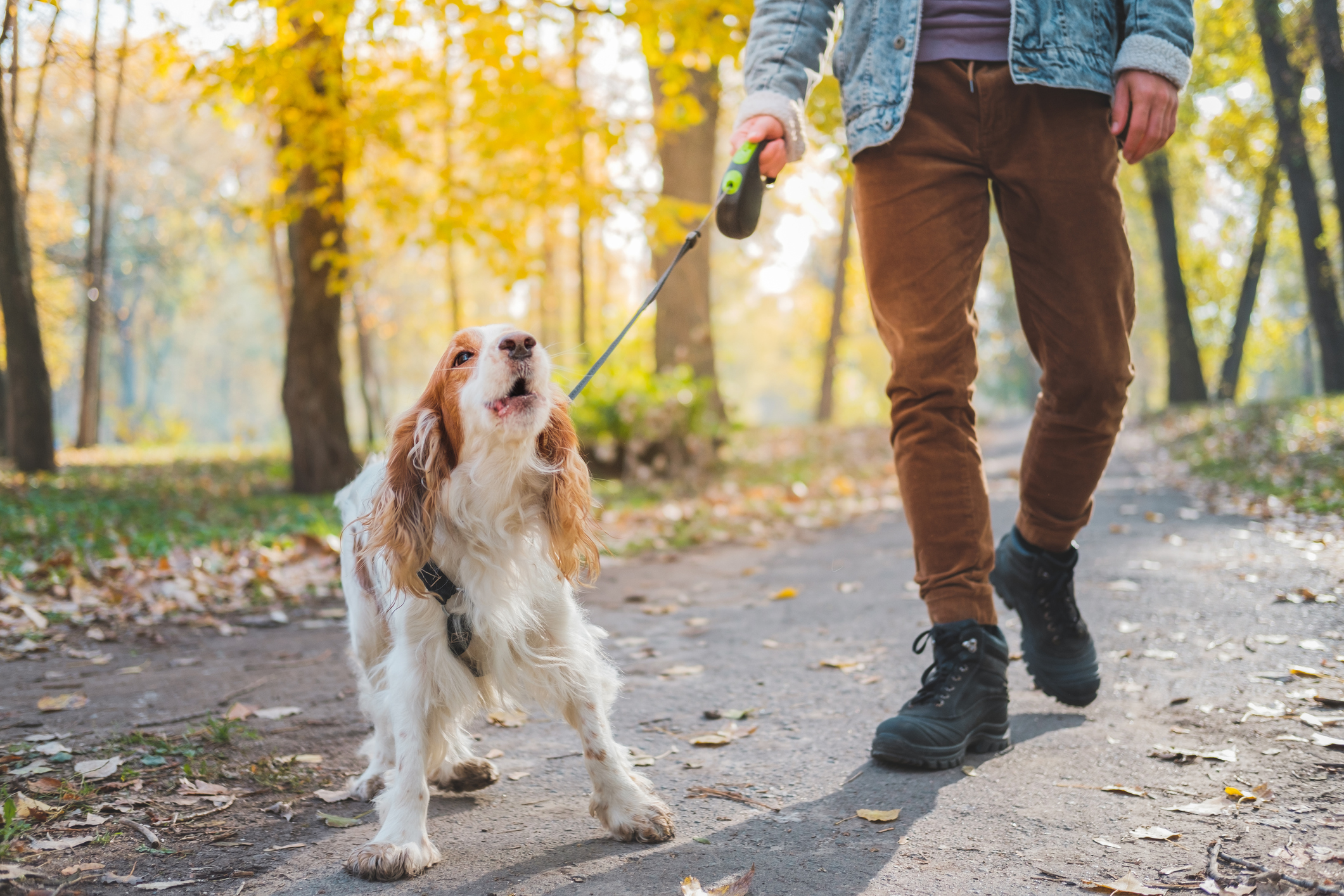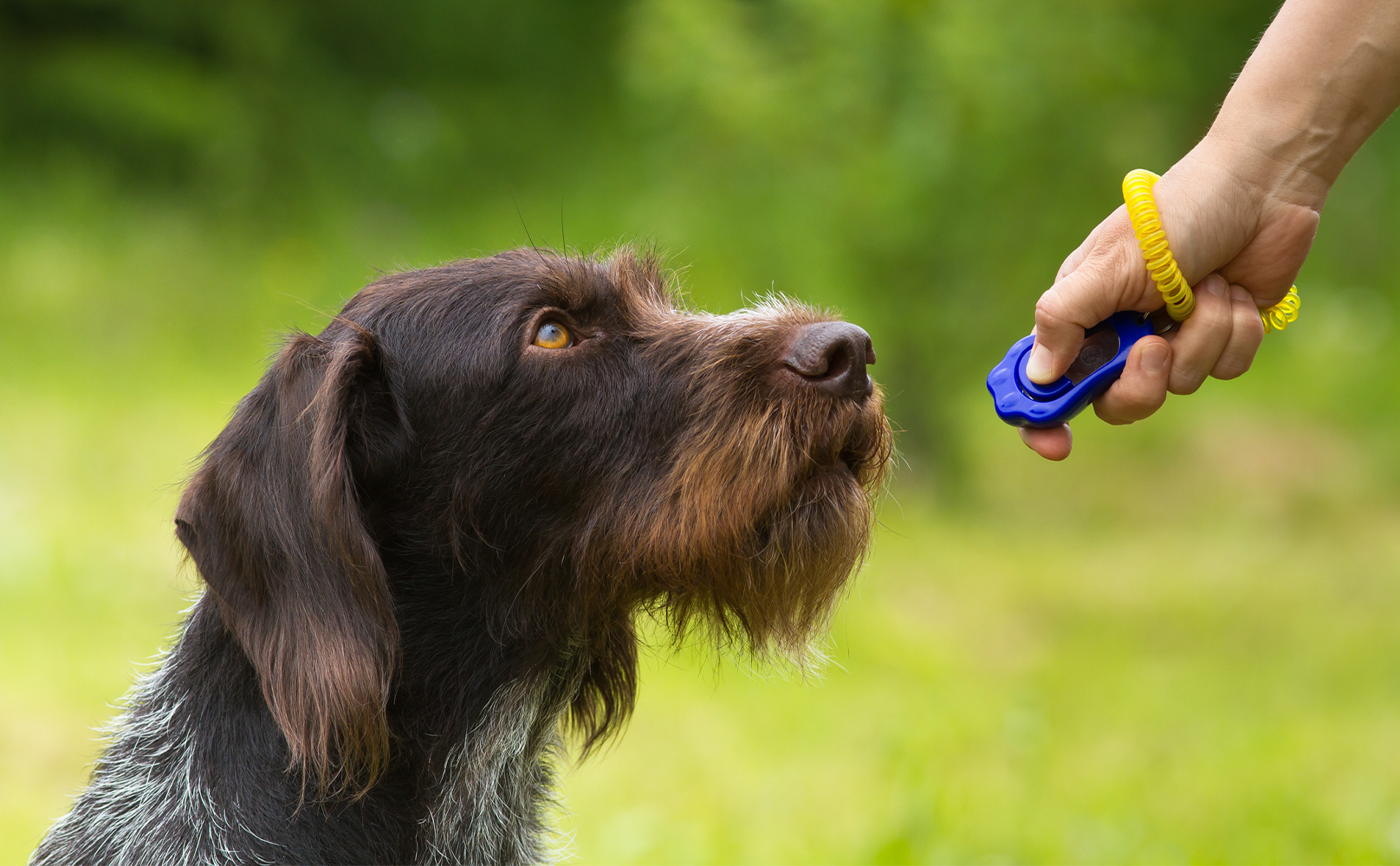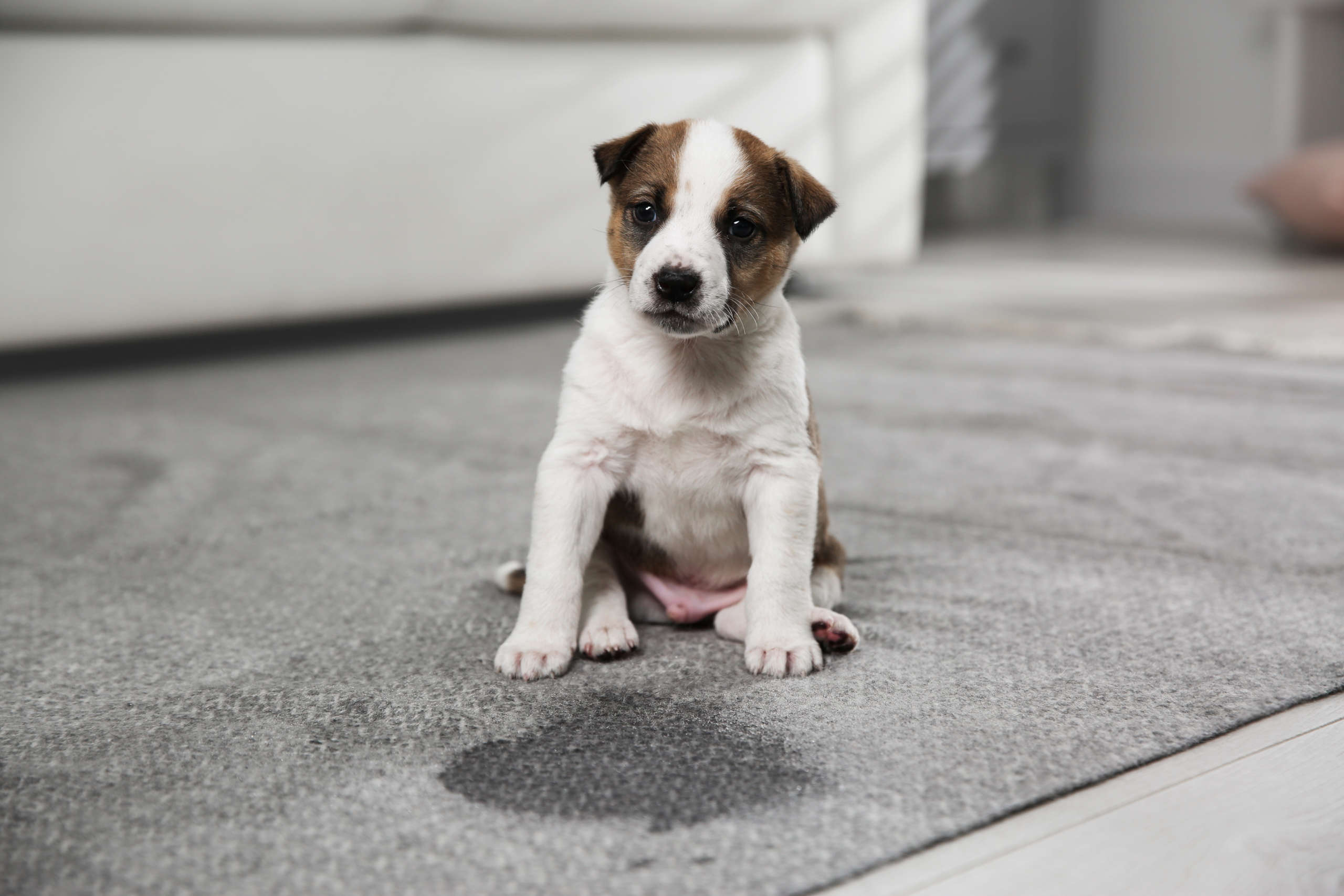Do you have a dog who barks or lunges at the sight of another dog when out on a walk? Your dog might be leash reactive! Leash reactivity isn’t uncommon, but it can definitely be frustrating. Even dogs who enjoy playing with other dogs struggle when they see them on leash, so what’s the deal?
What Is Leash Reactivity?
Although we often hear people use the word “reactive” to reference dogs who behave in ways that appear aggressive, it’s a bit more complicated.
Reactivity is a term that can be used to reference a dog who is overstimulated, and overreacting to different situations or the presence of different stimuli—often the sight of other dogs, children, people, skateboards, even passing vehicles.
Leash reactivity refers to dogs who are over-aroused by the sight, smell, or sound of other dogs or people when they are on leash. The reason behind the reactivity differs from dog to dog, but they include:
- Overexcitement and frustration at seeing another dog on leash, but being unable to greet them
- Uncomfortable or nervous at seeing another dog because they are afraid the other dog may approach them
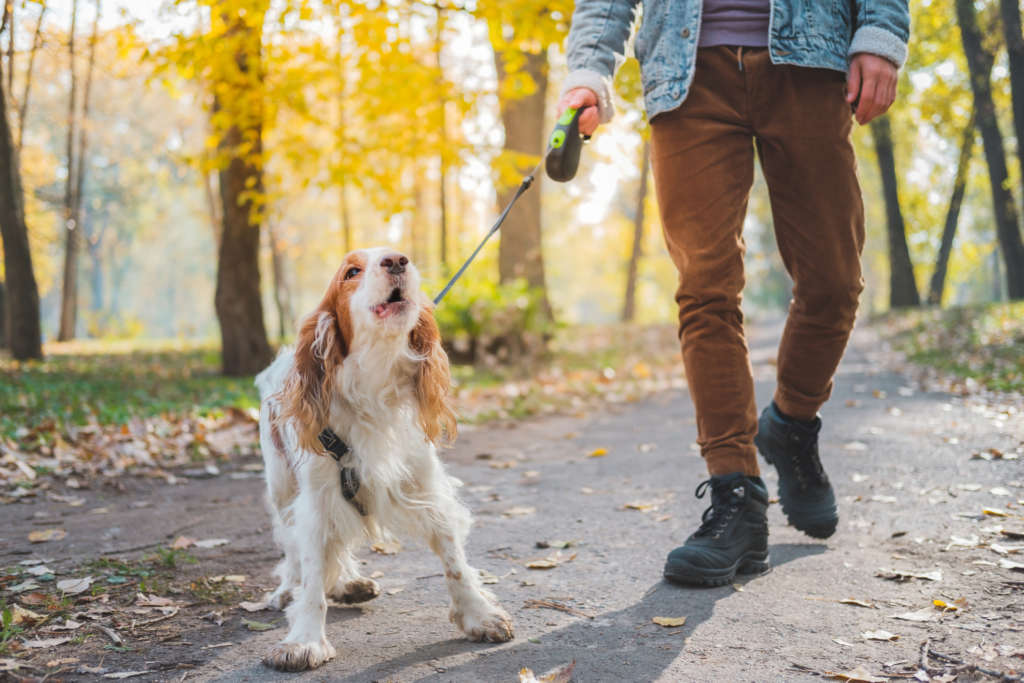

What Does Reactivity Look Like?
The specifics of leash reactivity will vary from dog to dog, but in most instances, it includes:
- Lunging
- Barking
- Growling
These reactions occur when the dog gets closer than they are comfortable with to other dogs, people, or whatever their particular trigger is. Reactivity is often rooted in fear or discomfort, and so although leash reactive dogs may appear to be “trying to start a fight” or being “aggressive,” they are trying to create distance for themselves by displaying behavior that will cause other dogs or people to stay away from them.
Related Article: How To Train Your Dog Not To Pull On The Leash
Yes, Social Dogs Can Be Leash Reactive
One of the challenges of having a leash reactive dog is that it may take pup parents by surprise. These dogs often get along well with other dogs they live with, who they have met off leash, or who belong to friends and family they regularly see and interact with.
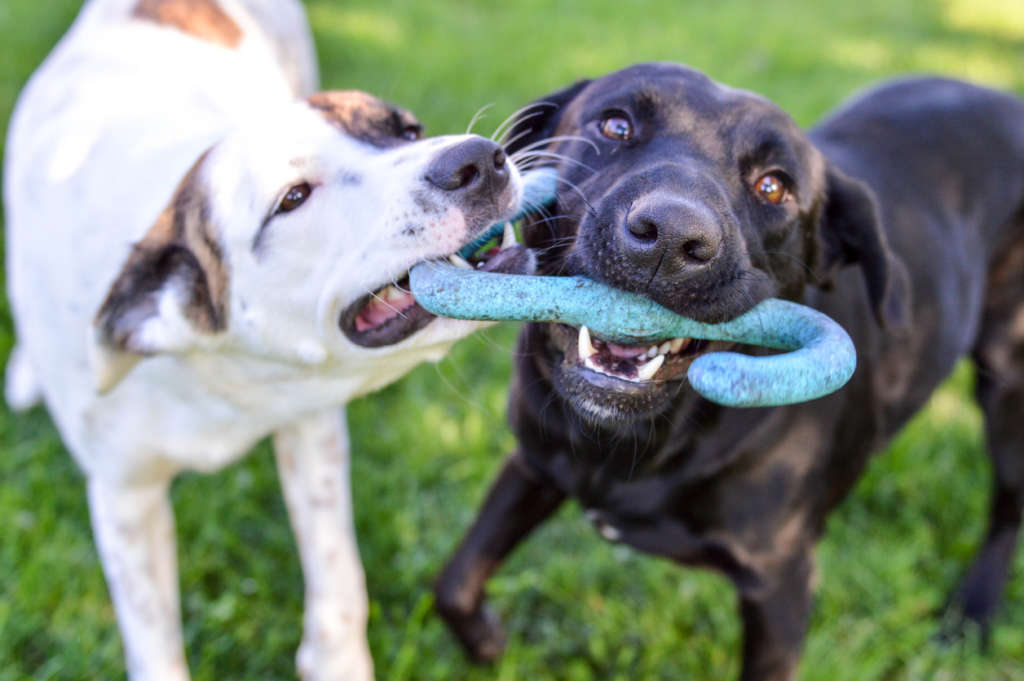

The reactivity is usually tied to being leashed while seeing other dogs and feeling trapped or restrained, which causes them to lunge, bark, growl, or otherwise overreact to create space. Just because leash reactive dogs might have friendships with other dogs off leash does not mean you should ever ignore their warning signs or allow them to approach or engage other dogs while leashed, nor does it mean that you should disregard leash laws and walk your dog off leash.
What Causes Leash Reactivity?
There are a variety of causes for leash reactivity, and it can be a combination of nature as well as nurture. Common causes include:
- Limited access to appropriate socialization to other dogs as a puppy—this has been particularly challenging for dogs born during the pandemic
- Negative past experiences (for example, being rushed, scared, or attacked by other dogs)
- Lack of training where some dogs may not have learned skills for managing their emotions
- Genetics—some dogs are more genetically predisposed than other dogs to being reactive
Don’t Punish Reactions
If you have a dog who is reactive to the sight of other dogs, it can be easy to feel stressed, embarrassed, or overwhelmed about your dog’s behavior. It can be especially hard if it feels like other people (especially other dog owners) are judging you or your dog because of your dog’s behavior.
Related Article: Positive Reinforcement Training For Dogs—What It Is & How It Works
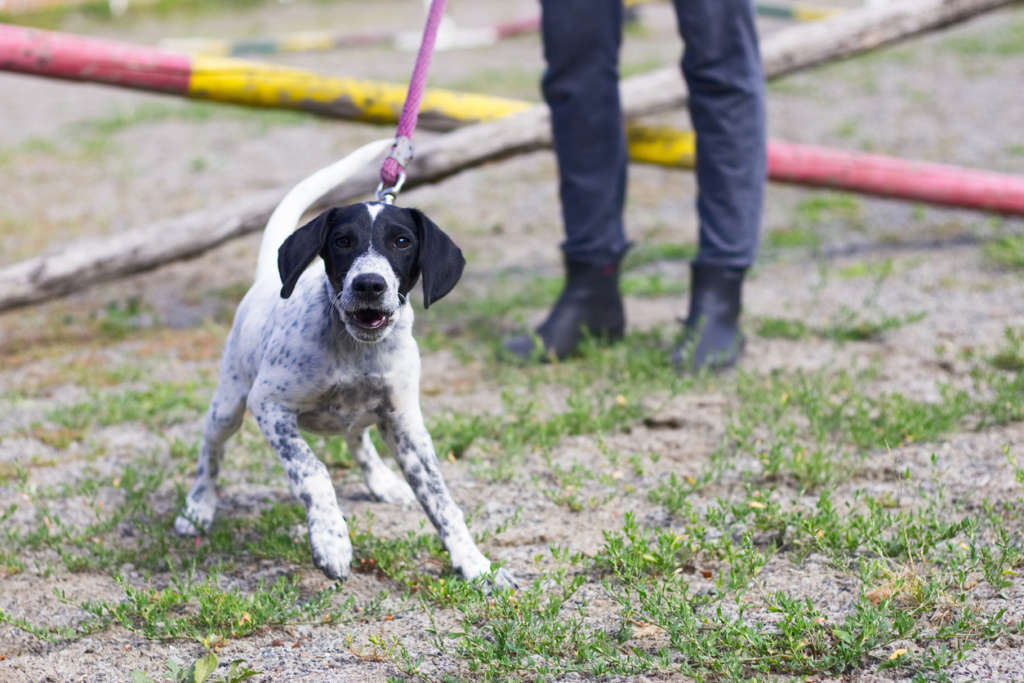

Very few of us bring a dog home expecting it to be antisocial or challenging to walk. Even if you are feeling frustrated by your dog’s behavior, it’s important to not scold or punish them for their response to the sight of other dogs. Your dog lunging, barking, growling, or even air snapping (biting without making contact) are all warning signs that you don’t want to suppress the warning by punishing your dog, because doing so can make your dog more likely to bite.
Maintain Lots Of Space
One of the best things you can do to help a dog who is reactive is to keep them “below threshold,” meaning the distance from their trigger (in this case, other dogs) where they don’t feel they need to react to keep themselves safe. If you have a leash reactive dog, this may mean:
- Walking at quieter times of day when fewer people are out with their dogs
- Crossing the street if you see another dog
- Communicating to other dog owners that your dog isn’t friendly and doesn’t want to say hello
Tempting as it is to try to “help” your dog makes friends with other dogs, avoid letting your dog greet other dogs while leashed. Even if your dog starts out seeming interested in the other dog, on-leash greetings can heighten the feeling of being trapped, which can lead to more reactive behavior.
Work At Your Dog’s Pace
Working at a distance that keeps your dog comfortable and non-reactive, you can offer them a high-value treat each time you see a dog (anything your dog really, really loves). Over time, they’ll start to make the connection that the sight of another dog (again at the distance your dog feels safe) makes a reward appear. You may even find that your dog becomes more comfortable seeing dogs at (gradually) closer distances, but don’t rush progress.
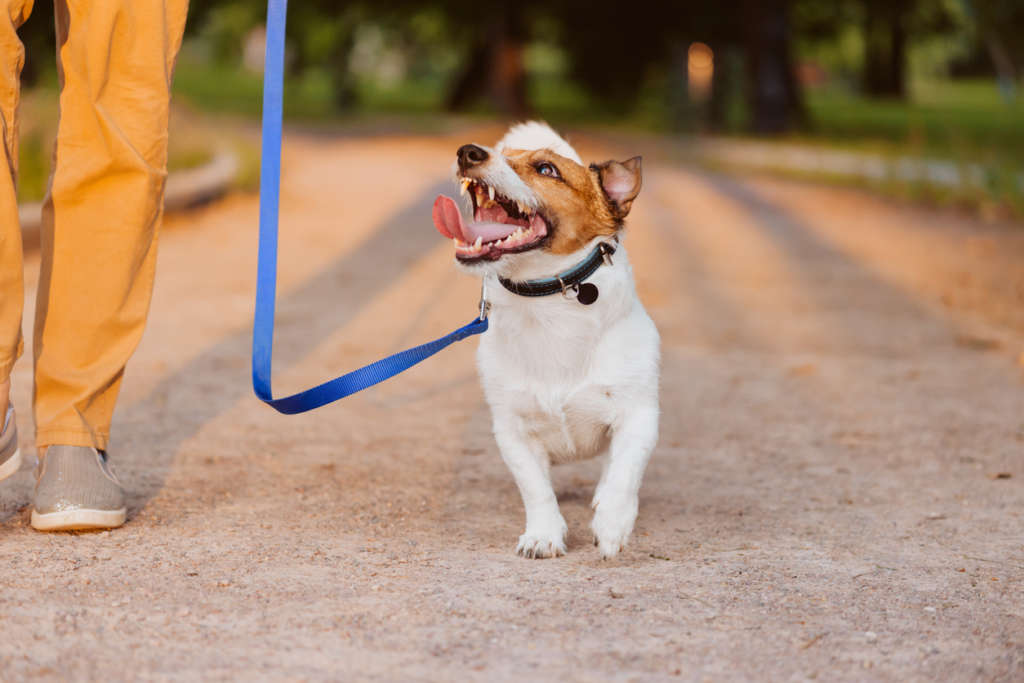

Get Support If You Need It
Having a reactive or leash reactive dog can be scary and overwhelming. If you find yourself with a dog who has behavioral challenges like leash reactivity, it’s always a good idea to get professional support from an experienced trainer in your area. Be sure to find a trainer who uses positive reinforcement methodologies.
An experienced trainer can help look at your dog’s behavior and develop training plans that are safe and appropriate to help build their confidence and work on reactivity challenges.
Sassafras Lowrey is a dog trainer turned trick instructor turned writer who seriously loves dogs! She got involved with dog training as a teenager, but it wasn’t until her and her partner adopted a former street dog in 2011 that she realized she could combine her passion for dogs with her passion for writing! After looking into ways she could enrich her dog Charlotte’s life, and seeing other pet parents do the same, Sassafras decided to write books to help both dogs and their humans. Check out the following activity from her new book, Chew This Journal!



